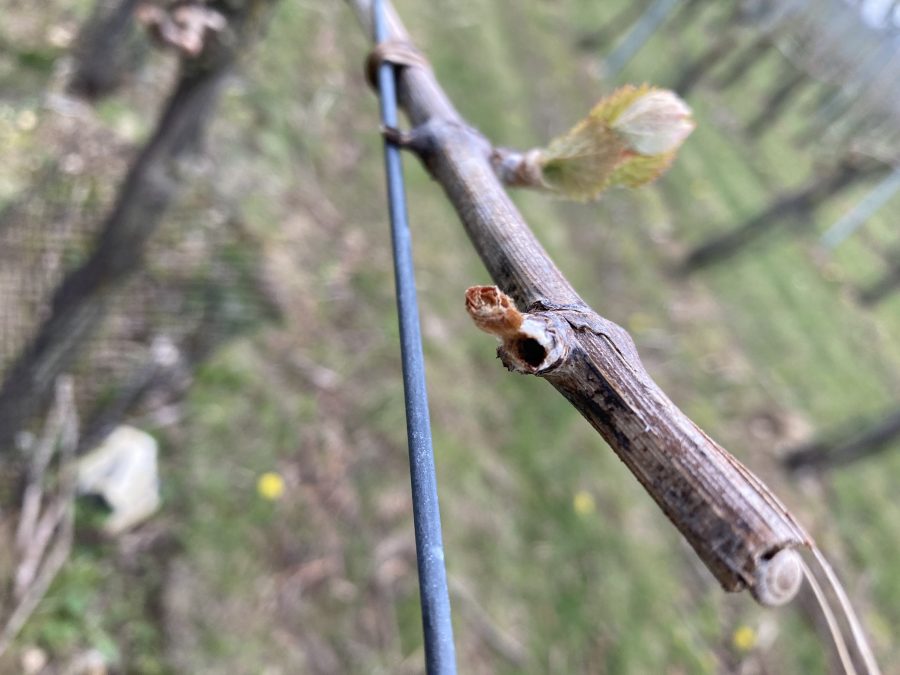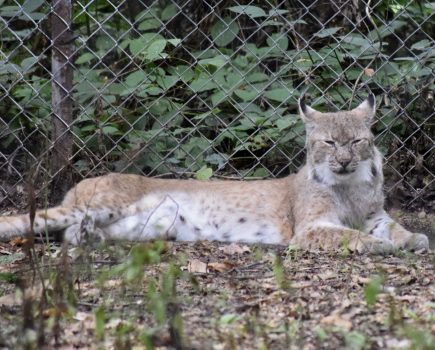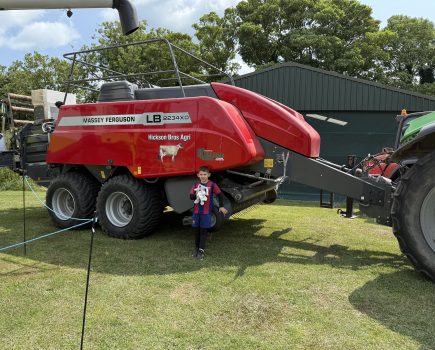As a horticultural agronomist based across Kent and Sussex working with. Hutchinsons, I have over the past three years had the pleasure of working with, and learning from, the top specialists in all horticultural crops. Hutchinsons has a warm, friendly and supportive culture that reflects the family ownership of the business.
As a child I grew up embracing the outdoors, both beside the sea and in the countryside. I developed a passion for the environment and naturally gravitated towards environmental research. In later years I became one of the first individuals to discover microplastic pollutants in UK waters.
I began working as a plant health inspector with the Animal and Plant Health Agency, where my environmental science background and regular contact with growers naturally led me to the world of agronomy and my transition to Hutchinsons.
I am excited to be writing for the readership of South East Farmer and aim to provide a monthly overview of horticultural spotlights. This month I’ll be looking at scab and blue bug aphids in orchards, how to mitigate the effect of frost in vineyards and dealing with cutworm damage.
For apple growers
The most pertinent subject at this time of year for apple growers is (drum roll)… scab. The high amount of rainfall at the beginning of the year, coupled with the current warmer temperatures, has led to symptoms now becoming visible on orchard leaves. There is a high risk of secondary infection, particularly when rain is forecast, so consider using Dithianon or Captan as protectant and eradicant measures.
We are starting to observe the curling of outer rosette leaves notably caused by the feeding of rosy apple aphid. Commonly referred to as ‘blue bug’, these aphids will create small and malformed fruits that won’t be worth picking. To protect your crop, Spirotetramat is the best option as this will control woolly aphid and mussel scale if timed with egg hatch.
In the vineyard
In vineyards we saw sporadic frost events at the end of April that edged into May. Young vines in tubes seemed to be the worst affected as well as, unsurprisingly, those that are situated in frost pocket areas at the bottom of valleys.
The impact of the cold weather on the foliage at the beginning of the season is now becoming visible as yellowing and pale leaves. To combat this and boost your vine growth, you may want to apply a seaweed extract (Ascophyllum nodosum), which helps to boost the plant’s natural defence mechanisms and helps them overcome stress from either environmental factors or pest and disease. Importantly, the seaweed extract is grown using a sustainable and controlled approach which harmonises with the sensitive nature of the environment while maintaining the highest quality harvest.
The greatest threat faced by vineyards to date has been cutworm damage. The larvae of the turnip moth hides in the soil during the day and climbs the vine at night to graze on developing buds. One way of managing the population is to maintain excellent weed control and the other is to use an insecticide.
Contact insecticides need to be applied when the pests are actively grazing, so remember to spray at night time – it’s a test of your dedication!
This month, we have announced a major upgrade to our Omnia Digital Farming system, creating the next generation in farm management software for British farmers and growers. This update represents a major digital leap forward in crop production which confirms Omnia as the most advanced and easy-to-use farm management system.
The EasyPlan upgrade offers a set of exciting developments within Omnia, allowing for completely paperless record keeping and work management, setting a new standard for farm management technology in the UK. It’s a British system for British farmers and one not currently offered by any other precision software provider – and it will be launched to growers at events this summer.







